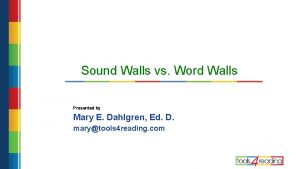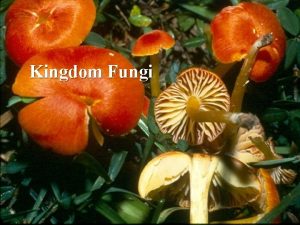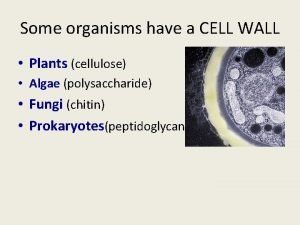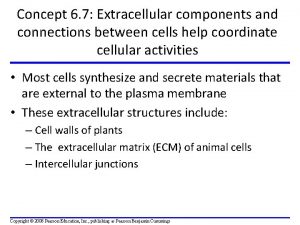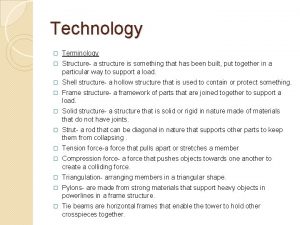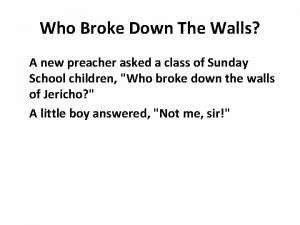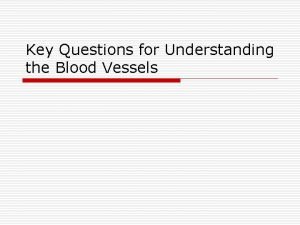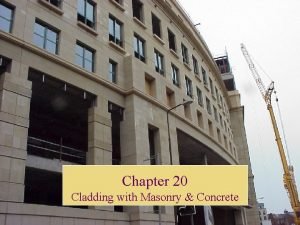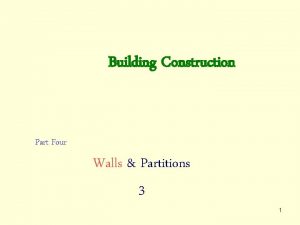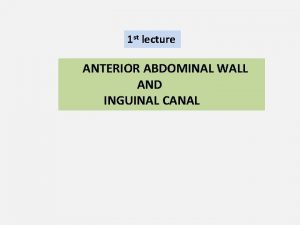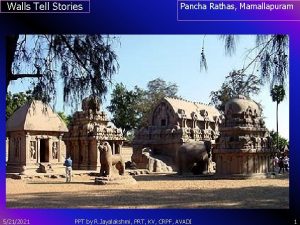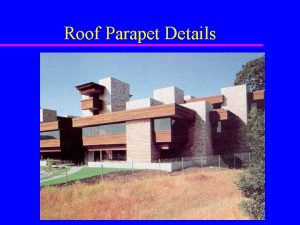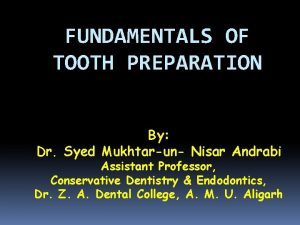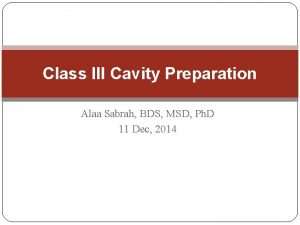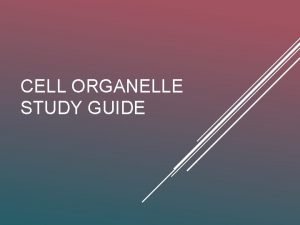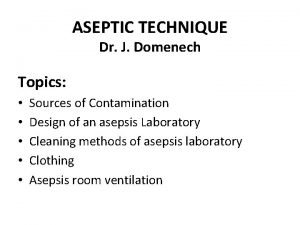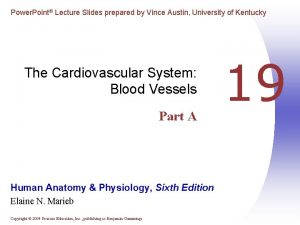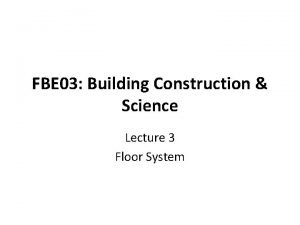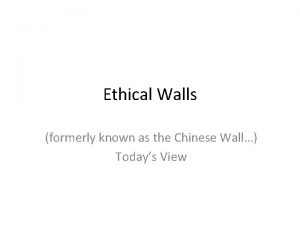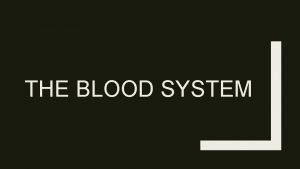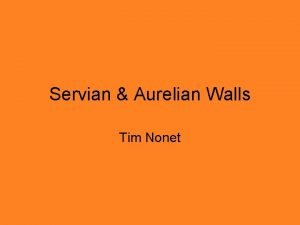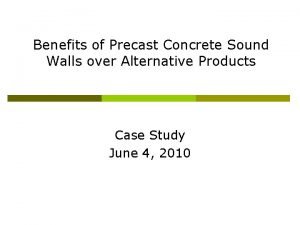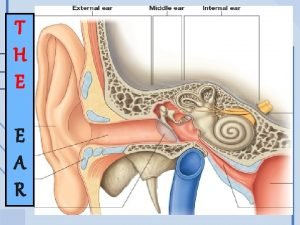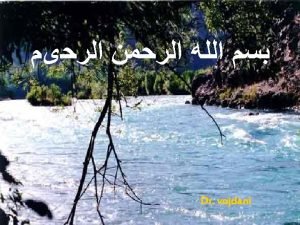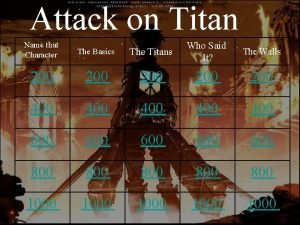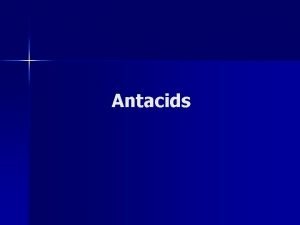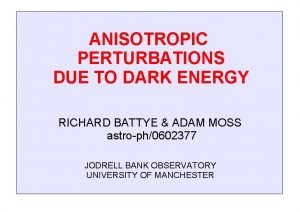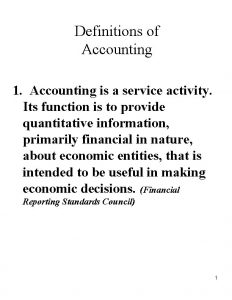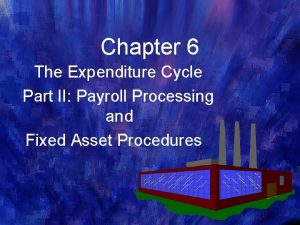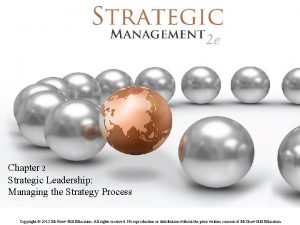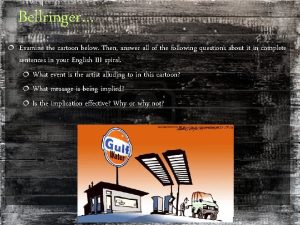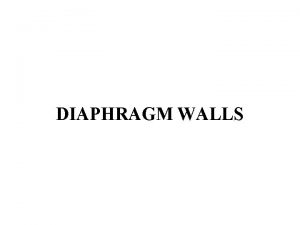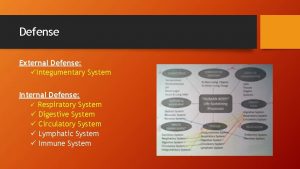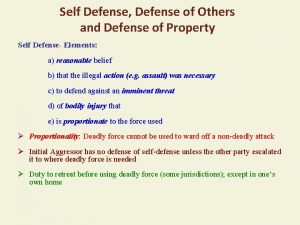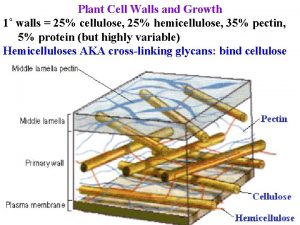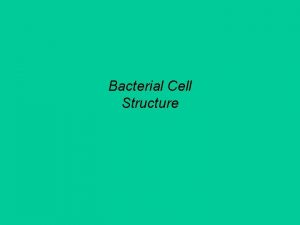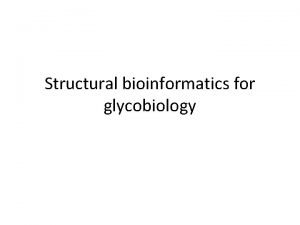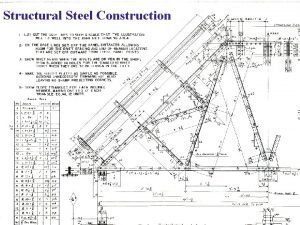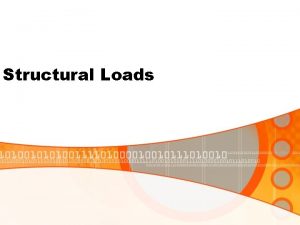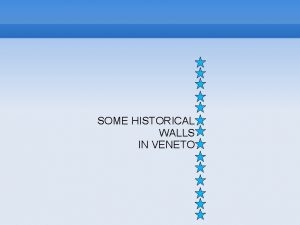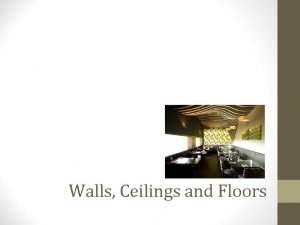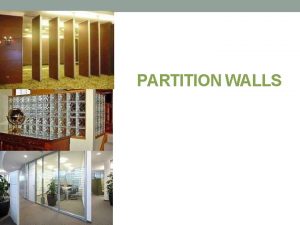Cell Walls Cell walls are Structural Provide defense








































































- Slides: 72

Cell Walls Cell walls are: – Structural – Provide defense against invading pathogens – Provide signaling pathways for cells

Cell Wall Chemistry • Cell walls contain cellulose, pectin and lignin • Cellulose is the major component – Most abundant polymer in the world ~40 -60% of dry weight of plants – Form strong strands of parallel chains called Cellulose Microfibrils – Cellulose strands are cemented together by pectins



TEM photograph

Pectin and Lignin • Pectins are polymers of a-galacturonic acid – Flexible, long molecules that link Microfibrils together…like ‘glue’ • Lignin is very hard, tough, rigid – Chemistry is not fully elucidated – Polymer of complex, amino-acid derived monomers – Creates strong cell walls



And don’t forget the 5 colors !

Plant Tissues • Tissues are groups of cells that form a structural and functional unit • Vascular plants have three tissue systems: – Dermal tissue Outer covering for the plant body – Ground tissue Photosynthesis, storage and support – Vascular tissue Water and nutrient conduction system

Functions for Plant Epidermis 1) Prevent water loss in shoot (waxy surface and bark) 2) Controlling exchange of gases in shoot (stomates) 3) Absorption by roots (root hairs) 4) Produce hairs, called trichomes, that shade the leaf or protect from herbivores (physically or chemically)

A Gymnosperm

B Dicot

C Monocot

Yam D Monocot

E Monocot

Do Animals have epidermis? What is animal epidermis called? What does this have to do with Safe Sex? Cheek cells

Jicama -- Pachyrhizus erosus (L. )

Jicama -- Pachyrhizus erosus (L. ) Eaten in celebration of Day of the Dead November 1 st Mexico

Plant Tissues • Tissues are groups of cells that form a structural and functional unit • Vascular plants have three tissue systems: – Dermal tissue Outer covering for the plant body – Ground tissue Photosynthesis, storage and support – Vascular tissue Water and nutrient conduction system

Vascular Tissues - Xylem • Xylem conducts water and nutrients from roots to the rest of the plant • Two types – Tracheids • Dead at maturity • Main water-conducting cells of fern and gymnosperms • Relatively few plasmodesmata in end of cell in pit fields, thin areas w/only primary cell wall – Vessel elements • Dead at maturity – stacked on top of each other • Broader than tracheids, large holes in ends of cell • Much more efficient at water transport

End wall with perforations Xylem carries water & soil nutrients Pits Cell wall Lumen Tracheids Vessels (a) (b)

Xylem Vessel Xylem Tracheid

Vascular Tissues - Phloem • Transports food materials • Provides structural support • Two types: - Sieve tube cells • Alive at maturity • Extensive holes via sieve plate at cell ends, with shared cytoplasm between cells • Reduced cellular organelle volume – some lose nucleus – Companion cells • Nucleated, support cells for sieve tubes • Connected by many plasmodesmata to sieve tube cell • Involved in sugar transport to sieve tube cell

Sieve plate Sieve tube member Phloem parenchyma cells Lateral sieve area Plasmodesma Companion cell (c) (d) Fig. 31. 05 cd

Companion Cell Sieve Tube Cell

Xylem and Phloem Cells

Fiber Cells

Xylem & Phloem: (in Squash) Fibers Phloem Xylem

Vascular Cambium

Epidermis Phloem Vascular Cambium Xylem

Notice that the vascular cambium circles all the way around Fibers Dicot stem

Hemp Jute for burlap Examples of plant fibers from stem vascular bundles Sisal = fiber from monocot stem

Epidermis Vascular Bundles (scattered) Monocot Stem

Monocot Stem Air Space Xylem (big cells & smaller ones in circle Phloem (all cells within box


Secondary Growth

Secondary Growth……Why? * Plant is getting bigger so needs more materials * Old vascular tissue gets “clogged up”


1, 2, 3 years Of age Pith



Rays in wood

Tree Borer For assessing tree rings


Bristlecone Pine How old are these trees?

Oldest one is 4, 800 years old The oldest living trees on earth.

The Curly Redwood Lodge is one of northern California’s most unique lodges. It was built from one curly redwood tree that produced 57, 000 board feet of lumber. The tree (cut down in 1952) was 18 feet wide at the trunk. Curly redwood is unique because of the curly grain of the wood, unlike typical straight grained redwood. http: //www. curlyredwoodlodge. com/rooms. htm


1952

Jewelry meant for Queen Nerfititi (Egypt) was found on a sunken wooden ship that was built in 1316 B. C. King Midas (Turkey) was buried in a funeral mound built with logs that were cut in 718 B. C.

Lost Colony of Roanoke, Virginia

Can also study when major forest fires occurred in the past.

A researcher in Tennessee noticed that hurricanes cause heavy-oxygen to accumulate in “late wood” (because hurricanes usually occur in late fall). She has been accurate back to 100 years ago…. wants to go back 500 years.

• Two small, old-mining towns that are currently military posts (Arizona and Nevada) • Unusually high levels of childhood leukemia cases • High levels of tungsten in the urine of townspeople • Is there a cause: effect relationship between tungsten (a heavy metal, like lead or mercury) exposure and leukemia? …still being investigated • But tree-ring specialists have discovered that the levels of tungsten in the environment have increased dramatically in the last 20 years…. each annual ring captured whatever chemicals that might have occurred in the environment that year!!! September, 2002

Sapwood Heartwood

Sycamores

Cork Fibers Phloem Xylem

Girdling can kill plants


Carpenters talk about two kinds of wood: Softwood and Hardwood Softwood = light, easy to put nails/screws into…so are best for construction. Gymnosperms generally make softwoods. Since Pines grow so fast they are the most popular. Paper is made from pine mostly. Hardwood = from Dicot trees mostly; more of a mixture of xylem cells (including fibers); that makes them more dense. Used for furniture and art/crafts.

Gymnosperms like pines, junipers, spruce, fir, and redwood. Most of the xylem cells are one kind. . . called Tracheids. Also, little or no Fibers.

Dicots like oak, maple, ash, hickory, walnut. Contain both tracheids and vessels and fibers. The fibers make the wood harder to cut and nail into, But will also be sturdier for Making furniture, flooring, art, etc. Not all Hardwoods are actually “harder” than Softwoods, and not all Softwoods have wood that is “softer” than Hardwoods.

Hickory (Hardwood) • Wright Brothers plane • Pioneer wagon wheels • Baseball bats • Skis • Axes, hammer handles, etc. • Golf clubs • wooden floors Mostly tracheids & fibers with A very large vessels interspersed. Very slow growing. Some non-vascular cells are gelatinous


of Wheat Starchy food supply (Endosperm) Dietary Fiber Scutellum = Cotyledon Embryo

It is believed that the early hominids were eventually forced to live in a biome that was different than the Tropical Rainforest. This might have been due to: 1) globalclimate change, or 2) rising competition for resources due to population pressures, or 3) a combination of these two factors. Which biome do you think they would have ended up in (according to this scenario)? Primates typically live in Tropical Rainforests (using hands & feet to climb trees)…. …they eat leaves, fruits, seeds & insects.


< Living in the Savanna? ? Primates typically live in Tropical Rainforests (used hands & feet to climb trees)…. …eats leaves, fruits, seeds & insects.

Chimpanzee (5 million years ago) …eats leaves, fruit, seeds, resin, bugs Australopithecus (3 million years ago). . . eating more roots, grains & meat Roots, tubers, bulbs, rhizomes Savanna Tropical Rainforest

More difficult life…more challenges: • Bipedalism (to move further & to see predators & prey better & get less sun & use hands to carry things • Develop use of tools • More social organization (language? ) • Larger brains • Larger teeth to eat roots & grains & meat < Climate-change…more Savanna-like Primates typically live in Tropical Rainforests (used hands & feet to climb trees); eat leaves, fruits, and insects.

Taro root Carrots Cassava Parsnips
 Insidan region jh
Insidan region jh I build walls
I build walls Sound walls vs word walls
Sound walls vs word walls Th and tc cells
Th and tc cells Fungal cell characteristics
Fungal cell characteristics Are cell walls prokaryotic or eukaryotic
Are cell walls prokaryotic or eukaryotic Prokaryotic cells
Prokaryotic cells Wine roots servian
Wine roots servian Channels that perforate plant cell walls
Channels that perforate plant cell walls What is visual pollution definition
What is visual pollution definition Who broke down the walls of jericho
Who broke down the walls of jericho Rex walls
Rex walls Canal cervicoaxilar
Canal cervicoaxilar King jesus all of heaven
King jesus all of heaven Functions of retaining wall
Functions of retaining wall Length of retaining wall
Length of retaining wall School-wide data walls
School-wide data walls These vessels have thicker walls and a heavier tunica media
These vessels have thicker walls and a heavier tunica media Ceiling finishing
Ceiling finishing Functional requirement of wall
Functional requirement of wall Anterior wall of heart
Anterior wall of heart Data walls for teachers
Data walls for teachers Articulated masonry veneer
Articulated masonry veneer Four walls construction
Four walls construction Layers of abdominal wall
Layers of abdominal wall Walls tell stories class 5 ppt
Walls tell stories class 5 ppt Parapet slab
Parapet slab In marble walls as white as milk
In marble walls as white as milk Isthmus portion in class 2
Isthmus portion in class 2 Skirts in cast gold restoration
Skirts in cast gold restoration Dr mariyam walls
Dr mariyam walls Bevel in class 5 cavity preparation
Bevel in class 5 cavity preparation Class 3 lingual approach
Class 3 lingual approach What is the organelle of walls and studs
What is the organelle of walls and studs Asepsis in walls
Asepsis in walls Civilized dome riding all cities figure of speech
Civilized dome riding all cities figure of speech Robocode walls
Robocode walls Absorptive noise barrier
Absorptive noise barrier Vince have thinner walls than arteries
Vince have thinner walls than arteries Thames barrier advantages and disadvantages
Thames barrier advantages and disadvantages Difference between class 2 inlay and amalgam
Difference between class 2 inlay and amalgam What is solid ground floor
What is solid ground floor Ethical walls
Ethical walls Superstructure walls
Superstructure walls Arteries walls
Arteries walls Aurelian walls map
Aurelian walls map Sandra walls
Sandra walls Precast concrete sound walls
Precast concrete sound walls Walls come crumbling down
Walls come crumbling down On sour cream walls donations
On sour cream walls donations Data walls for teachers
Data walls for teachers Anterior wall of middle ear
Anterior wall of middle ear Palatine bone nasal cavity
Palatine bone nasal cavity Silent night van gogh
Silent night van gogh Rob walls
Rob walls Taylor lee walls volleyball
Taylor lee walls volleyball Alternatives to worksheets
Alternatives to worksheets Hairpin vortex
Hairpin vortex When evaluating the floors walls and ceilings
When evaluating the floors walls and ceilings Attack on titan walls names
Attack on titan walls names Nicas level 3 assessment criteria
Nicas level 3 assessment criteria Antacids examples
Antacids examples Luca amendola
Luca amendola The united states ought to provide a universal basic income
The united states ought to provide a universal basic income Preparing guest clothes and footwear
Preparing guest clothes and footwear Set up tray and trolley
Set up tray and trolley Provide housekeeping services to guests
Provide housekeeping services to guests Example of types of media
Example of types of media Bookkeeping is a mechanical task which involves
Bookkeeping is a mechanical task which involves Accounting records that provide the audit trail for payroll
Accounting records that provide the audit trail for payroll Google 70/20/10 rule
Google 70/20/10 rule Flux cored arc welding advantages and disadvantages
Flux cored arc welding advantages and disadvantages Analyze the cartoon below then provide answer
Analyze the cartoon below then provide answer


